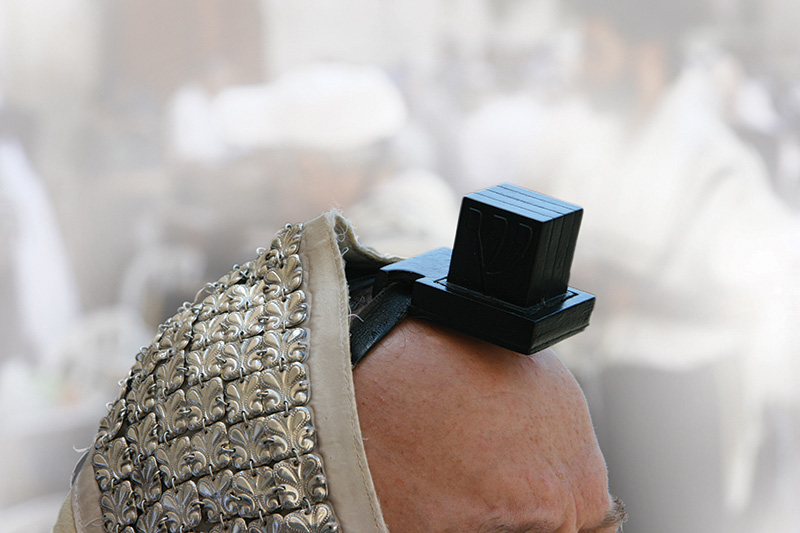Priest A priest is a minister of sacred things who represents God to the people and the people to God. Early biblical history records clan heads offering sacrifices for their families (Gn 12:7–8; 13:18; 22; 31:54; 46:1), although they are never called priests. The only priests mentioned from this time are foreigners such as Melchizedek, the Egyptian priest of On, and Moses’s father-in-law Jethro (Gn 14:18; 41:45, 50; 46:20; Ex 3:1; 18:1). Whereas all Israelites are called “my kingdom of priests” (Ex 19:6), a distinctive priesthood first comes to light when God instructs Moses to prepare special priestly clothes for Aaron and his sons (Ex 28). Israel’s priests are to come from the tribe of Levi, but it is not always clear whether all Levites or only Aaron’s descendants can serve as priests.
The prime role of the priests is to minister before God by offering sacrifices. They are also to assess and treat uncleanness, discern God’s will, and teach God’s precepts and laws (Lv 10:10–11; Nm 6:22–27; Dt 33:8–11). Like other Levites, the priests receive no land in Canaan, since God is their inheritance. In payment for their services, the priests are to receive a portion of the sacrifices and a tithe of the tithe given by the Israelites for the Levites’ support.
After the division of the kingdom, Jeroboam I erects shrines to calf idols at Dan and Bethel and enlists non-Levites as priests (1 Kg 12:31; 13:33), cutting off the northern kingdom from worship at the temple in Jerusalem. As a result, many Levites and priests relocate to Jerusalem. After the exile, many priests and Levites return to Jerusalem. In line with earlier practice, the priests offer sacrifices to God and are joined by the Levites in rebuilding the wall and teaching the law to the people. Among the prophets, Isaiah anticipates Israel bringing peoples of other nations as an offering to God and indicates that some of them will serve as priests and Levites (Is 66:19–21).
In the NT many priests exert religious and civil power as leaders of the Sadducees and the Essenes. Some priests, such as Zechariah, are portrayed as righteous men (Lk 1:5–6) or come to faith in Jesus (Ac 6:7). Jesus regularly requires those whom he heals to show themselves to the priest. Even so, most Gospel references to priests underscore their opposition to Jesus’s ministry and the role they play in his trial and crucifixion. This opposition continues after the resurrection, as priests challenge the witness of the apostles (Ac 4:1–20; 6:11–7:1) and even instigate the arrest of Christians (Ac 9:1–2; 24:1; 25:1–3).
Hebrews uniquely highlights how the priesthood of Jesus has surpassed the OT priesthood. The OT priests presented sin offerings, but their sacrifices needed to be repeated regularly, whereas Jesus, the faithful and merciful High Priest, has offered a sacrifice that never needs repeating and is available to everyone at all times. Jesus also has surpassed the Aaronic priests because they first needed to offer sacrifices for their own sins, but he has never sinned. Furthermore, since he has offered the perfect sacrifice of himself, all people, not just priests, can draw near to God.
The NT develops the idea of a priesthood of all believers by taking the concept that Israel is a kingdom of priests and transferring it to the church (1 Pt 2:4–9; cf. Ex 19:6). Reflecting the general biblical view of priesthood, believers offer spiritual sacrifices to God, represent God to the world by revealing his works of salvation, and represent the world to God through prayer. In the NT, the priesthood of believers is corporate; a priestly office in the church is never expressly mentioned.

